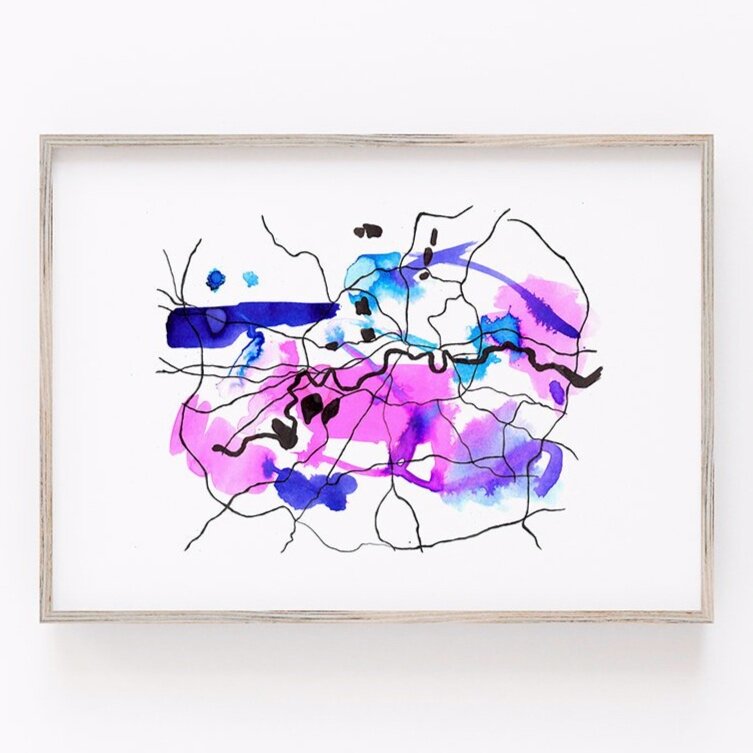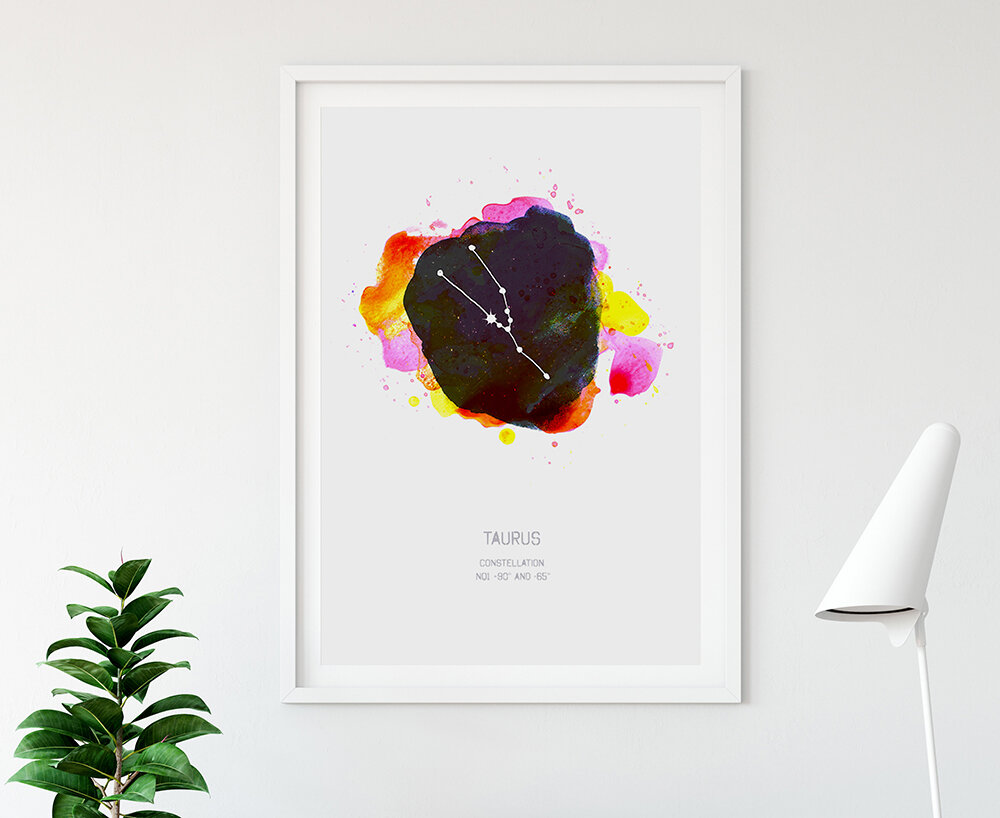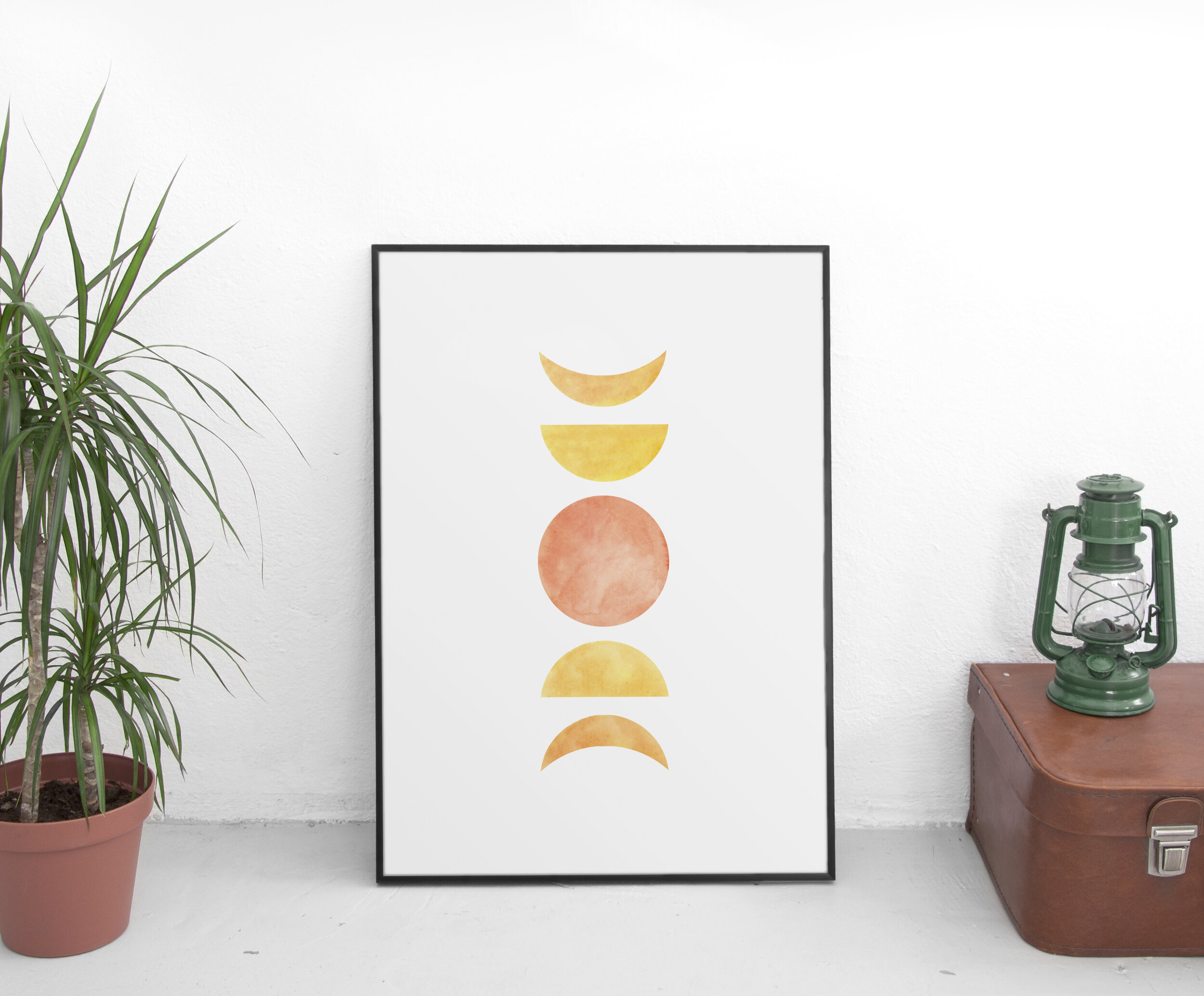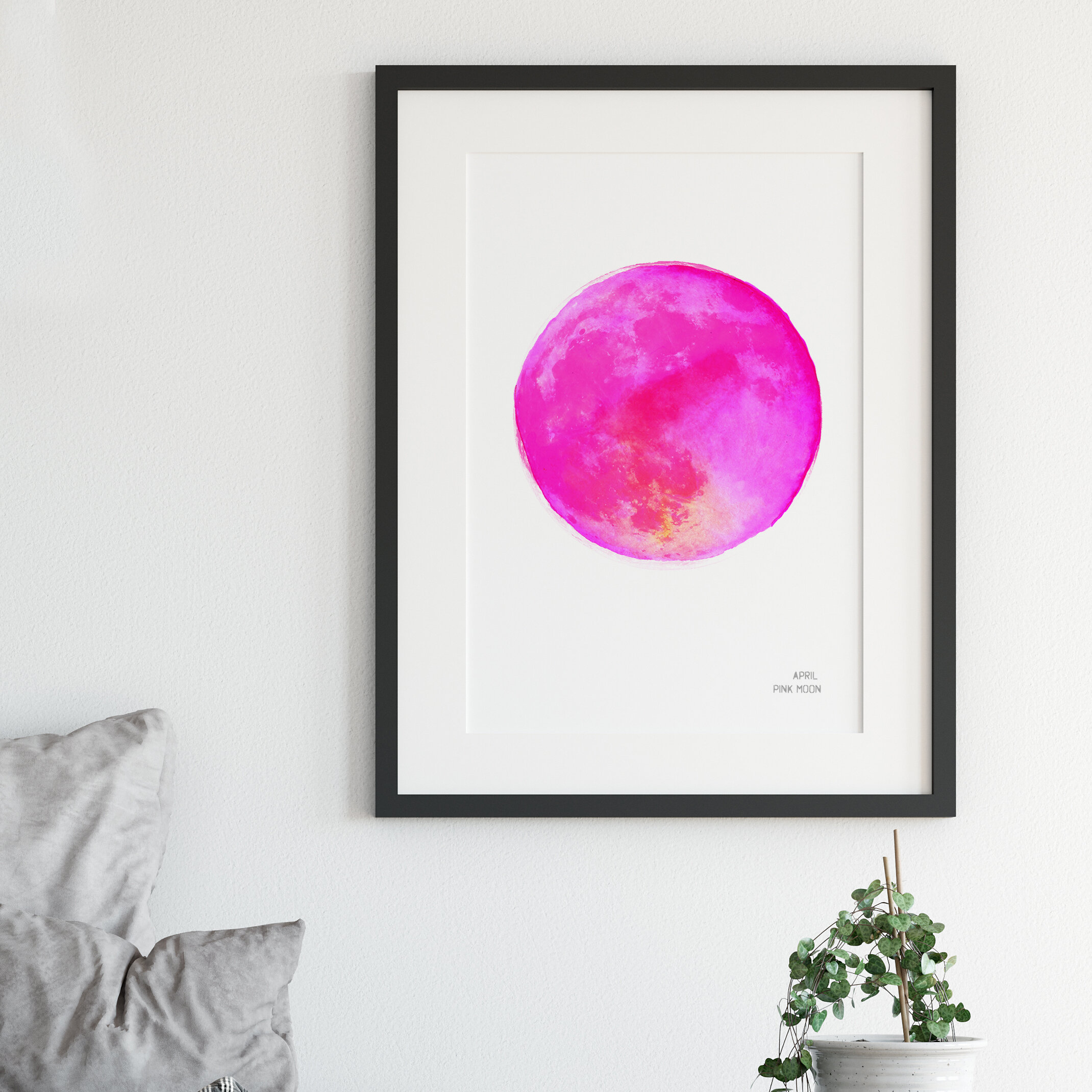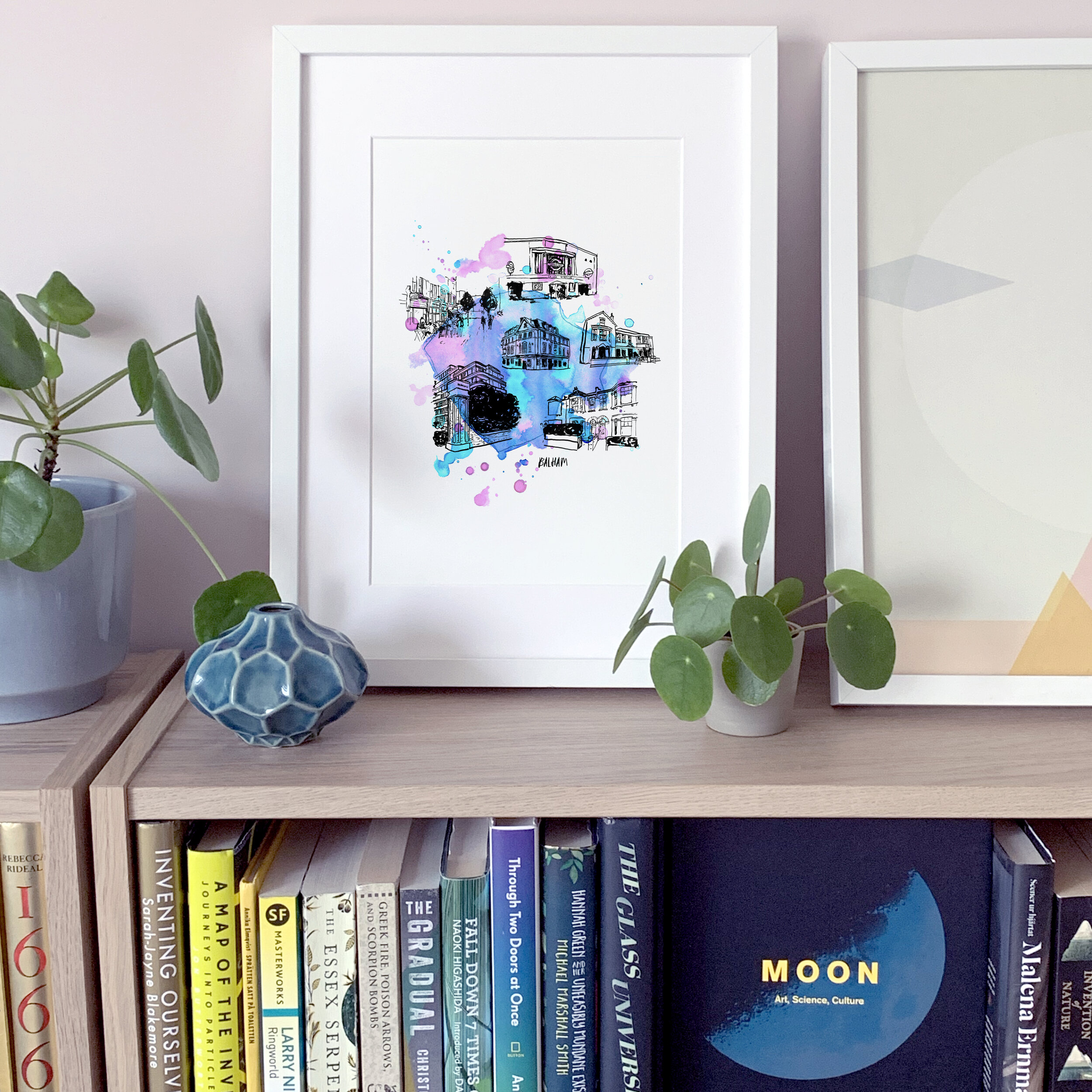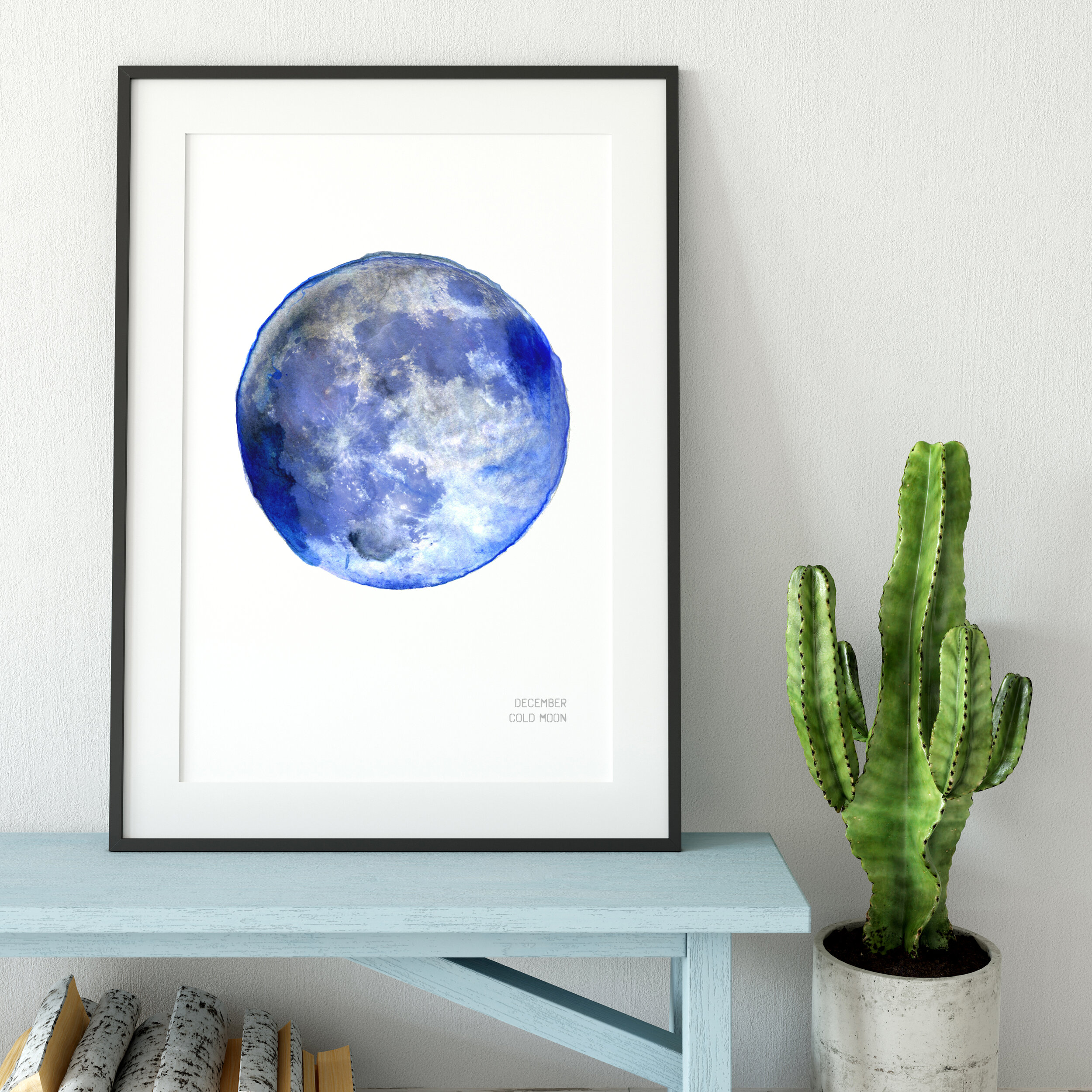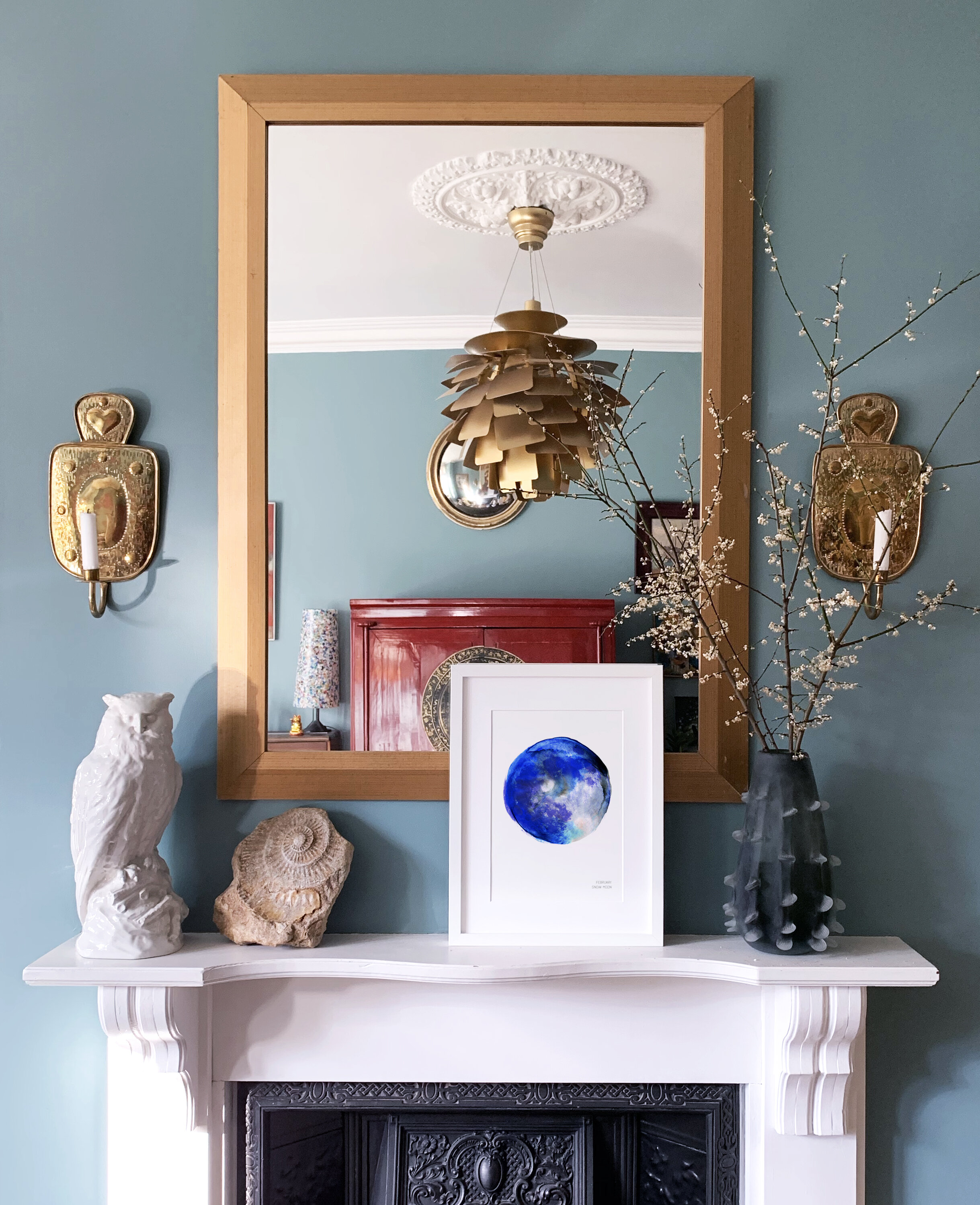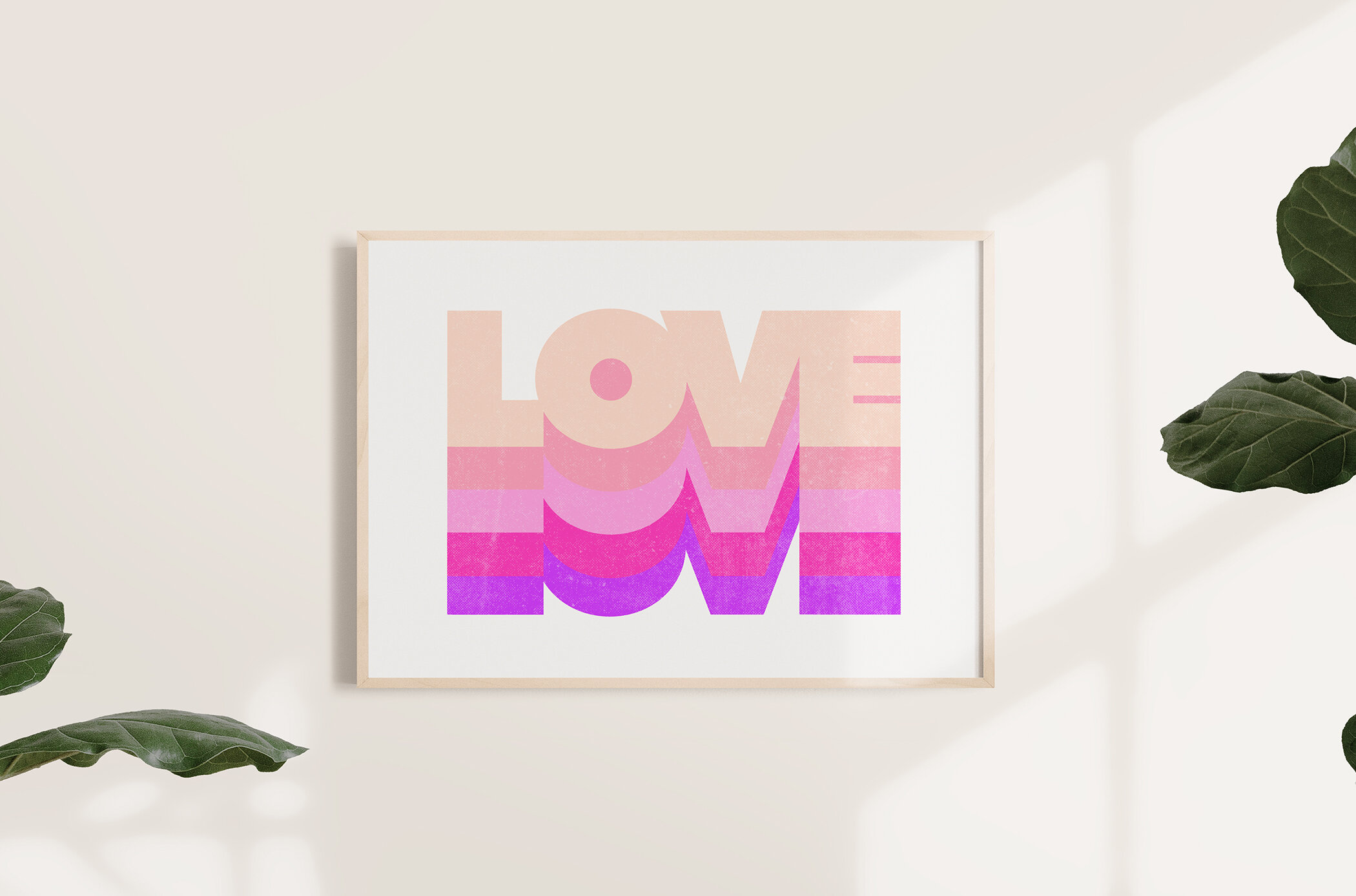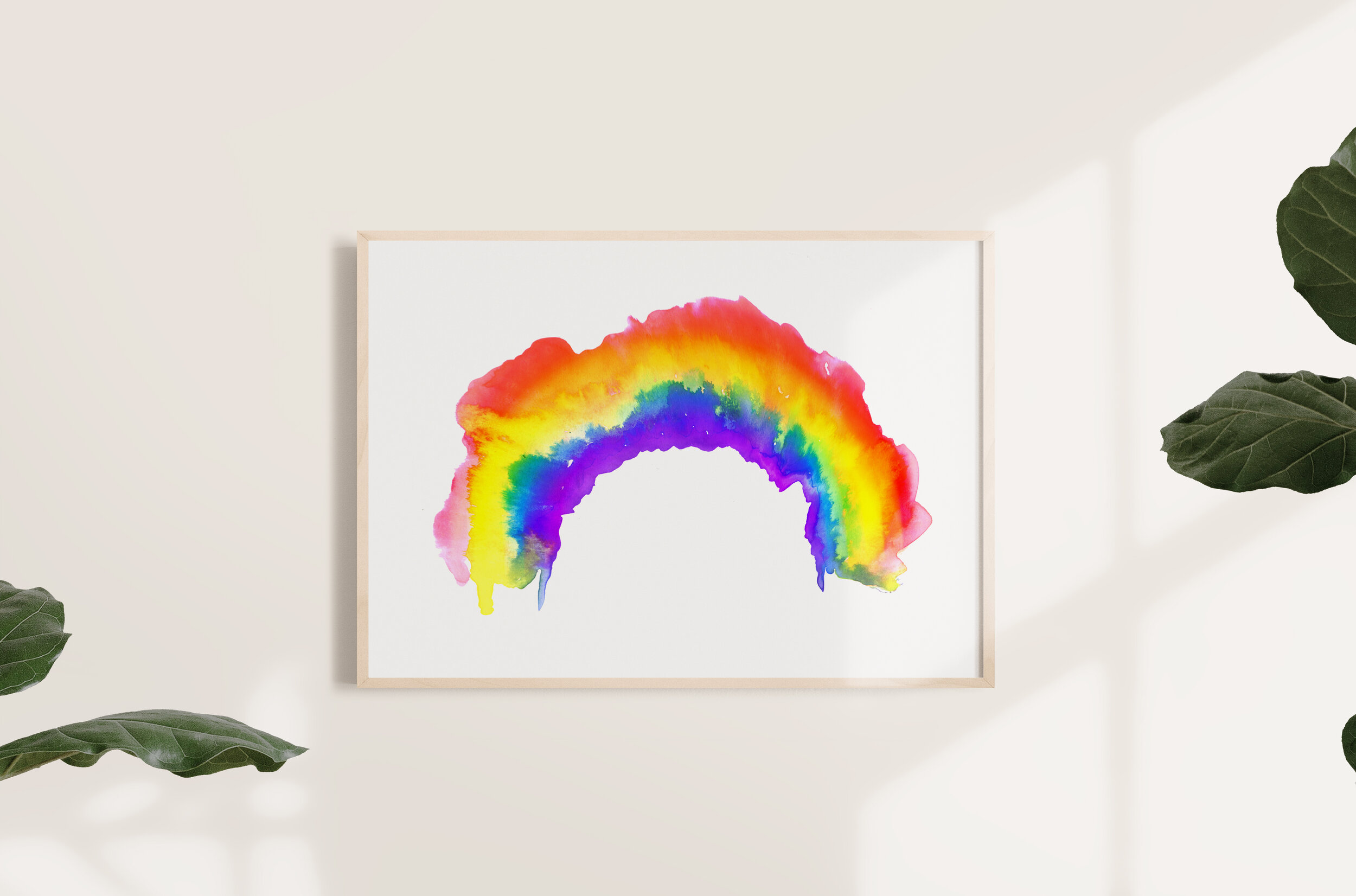6 Reasons to Love Abstract Art
Abstract art uses shapes, colours and form to inspire emotion. The beauty of abstract art is that it doesn’t need an explanation or interpretation, it’s more about the emotional response you get from the artwork. It encourages the participation and imagination of the viewer. Abstract art can be appreciated simply for its colours, shapes, lines and textures.
Here we have listed six reason why we love abstract art!
1. Colour
In abstract art, colour is used to convey moods and feelings. Colours that are close together on the colour wheel can create a sense of harmony when placed next to each other, while colours opposite from each other on the colour wheel, can create an effective visual focal point.
2. Shapes
Most art uses some form of shapes to construct a picture. In abstract art this is often stripped back to it’s very core, by using very simple forms and shapes to convey the image. Some minimalist abstract art goes as far as trying to depict objects or feelings using a single line. The use of negative space, such as an area enclosed by other shapes, can also be used successfully to hint at an object or landscape.
The artist Paul Cézanne' said that all depiction of nature can be reduced to three solids; Cube, Sphere and Cone. This idea lead to the hugely influential 19th-century Cubism movement, and later on to more pure abstract art movements.
Geometric abstraction has been popular in many cultures throughout the ages, for example in Islamic Art, where geometric pattern was used to connect spirituality with science and art. Creating abstract art using geometric shapes, such as triangles, circles and squares, has also been increasing popular in contemporary art.
3. Textures
Texture in art can challenge our perception of what is real and what is painted. One way to create texture in abstract art is to use a process called impasto, meaning applying paint in thick layers and keeping the physical marks made by the artist for a painterly visual effect. Using textures in abstract art can give weight, depth and gravity to a painting and can be used to portray dramatic emotions. Some artists even build sculptural layers into their artwork, as well as using splattered, dripped and poured paint techniques to show movement or create illusion.
4. Freedom
As artists, we love the freedom and process of creating abstract art. We tend to turn to abstract art when we need inspiration, or to get over a creative block. Abstract art is about letting go, trusting your intuition and playing with shapes and colours. It also hands the freedom of interpretation over to the the viewer. There is no need for an explanation to enjoy abstract art. The artist might have assigned one meaning to the artwork and the viewer might have a total different interpretation.
5. Feeling
When you look at a piece of abstract art ask yourself - How does it make you feel? Happy? Sad? Uneasy? Calm?
Colours can evoke different feelings, even the differences between shades of one colour can make a big difference. Think of an aggressive bright red and a pale dusky pink for example, the same hue might give you two completely different emotions, or the difference in mood between a deep dark blue and a very pale pastel blue.
Lines and shapes can work in similar ways. A drawing using thin fragile lines will make you feel different from one using strong expressive thick mark-making lines. The feelings you get from looking at abstract art is widely subjective and everyone will bring their own unique experience.
6. Transformation
Most of all, we love how quickly a piece of abstract art can transform a room. Abstract art is perfect for someone who doesn’t have the confidence to make a feature wall in a room. Instead a large abstract artwork can be used to completely transform a room in an instance. The chosen piece can have hints of colour from the furniture and other decor in the room, linking them together to create colour harmony.






